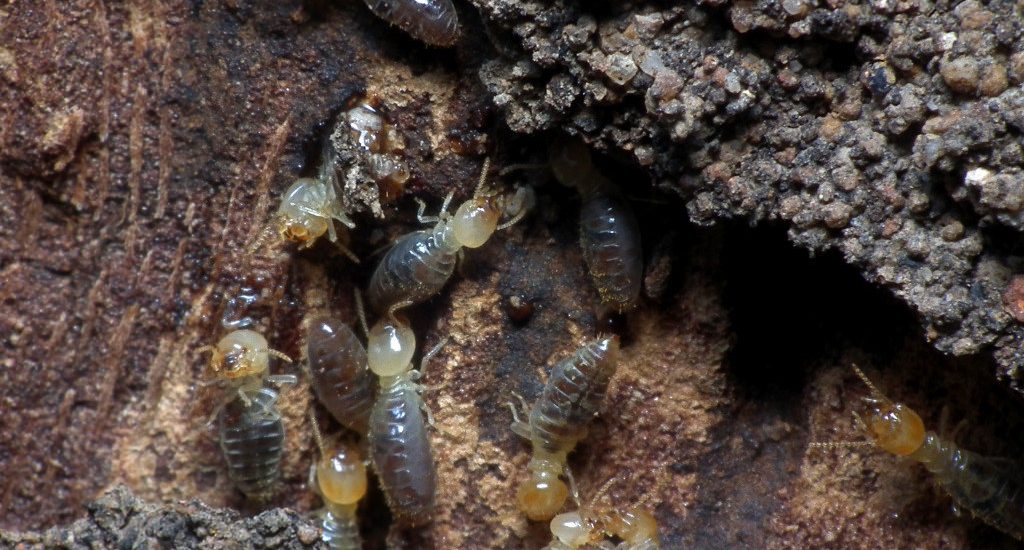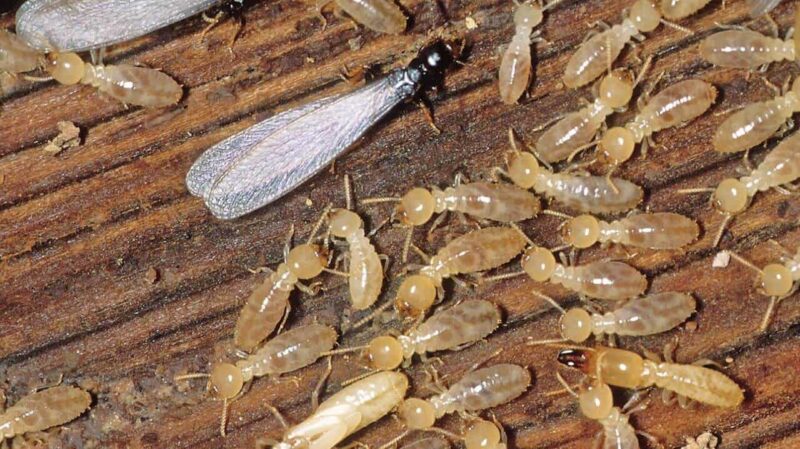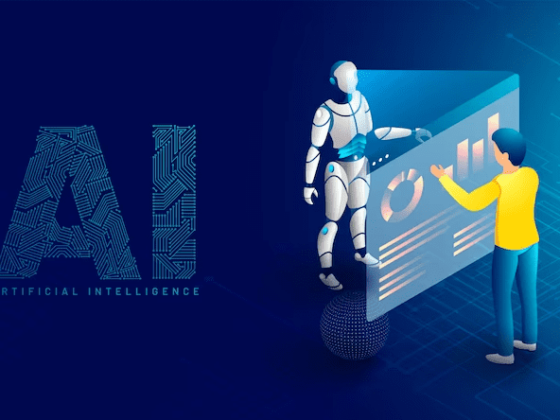Termites, often dubbed the silent architects of destruction, have long posed a formidable challenge to homeowners and builders alike. As awareness of these incessant pests grows, so too does the demand for innovative and effective control measures.
The landscape of termite management is evolving rapidly, fueled by advancements in technology and a deeper understanding of these wood-eating nuisances. But amidst the whirlwind of new techniques, products, and claims, a critical question arises: What truly represents a breakthrough in termite control, and what merely amounts to marketing hype? In this article, we will explore the latest innovations in termite management, dissecting the science behind new strategies and spotlighting those that genuinely promise to protect our homes while navigating the murky waters of consumer deception.
Get ready to uncover the real from the remarkable in the fascinating world of termite control.
Traditional Termite Control Methods: A Brief Overview

Traditional termite control methods include a variety of strategies that have been employed for decades to combat these relentless pests. Among the most common are chemical treatments, such as liquid insecticides applied directly to the soil, creating a barrier that deters termite intrusion.
Baiting systems, another widely used technique, involve placing bait stations around a property that attract and poison foraging termites, effectively targeting the colony at its source. Additionally, physical barriers like steel mesh or sand barriers serve as preventive measures in new constructions.
While these methods have proven effective, they often require regular maintenance and monitoring, making them less convenient for homeowners. As we explore newer innovations in termite control, its important to appreciate how these foundational techniques have laid the groundwork for more advanced solutions.
Smart Technologies: The Role of IoT in Termite Surveillance

In the realm of termite surveillance, the Internet of Things (IoT) is steering innovation to unprecedented heights, marrying cutting-edge technology with the age-old battle against these invasive pests. Imagine a network of smart sensors, discreetly embedded into the structures we inhabit, continuously monitoring for moisture levels, temperature fluctuations, and vibrations—all key indicators of termite activity.
This intricate web of connectivity allows homeowners and pest control professionals alike to receive real-time alerts on potential infestations, enabling swift action before a small problem morphs into a costly disaster. Furthermore, the integration of artificial intelligence enhances these systems, interpreting the data to predict future infestations based on historical trends, environmental changes, and physical conditions.
However, while this high-tech approach promises remarkable benefits, one must also consider the challenges of implementation, data security, and the still-evolving relationship between technology and traditional pest control methods. As we embrace these smart technologies, the future of termite management may not just be about extermination; it could transform into a proactive, preventive strategy that ensures structural integrity and peace of mind for homeowners.
AI and Machine Learning: Revolutionizing Termite Detection

In recent years, the landscape of termite detection has undergone a seismic shift, driven largely by advancements in artificial intelligence and machine learning. Gone are the days of relying solely on traditional inspection methods that often miss hidden infestations, leading to costly damage.
Now, sophisticated algorithms analyze vast amounts of data, from environmental conditions to structural vulnerabilities, identifying potential termite hot spots with astonishing accuracy. Imagine drones equipped with thermal imaging and AI-driven analytics sweeping through backyards, pinpointing trouble areas long before the termites make themselves known.
This innovative approach not only enhances the speed and efficiency of termite detection but also offers homeowners a proactive shield against these destructive pests. As technology continues to evolve, the promise of AI and machine learning could transform pest control from a reactive measure into a strategic preventive initiative, marking a game-changing era in termite management.
Conclusion
In conclusion, the landscape of termite control is evolving rapidly, with a plethora of innovative solutions emerging to meet the challenges posed by these destructive pests. While some methods, such as termite tenting, remain tried and true, others leverage advancements in technology and environmentally friendly approaches to offer new hope to homeowners and pest control professionals alike. It is essential to differentiate between genuine innovations and mere trends that lack scientific backing.
By staying informed about the latest developments in termite management, consumers can make better choices that not only protect their properties but also promote sustainable practices in pest control. As the fight against termites continues, a balanced perspective will be crucial in navigating what is truly revolutionary and what might simply be hype.


